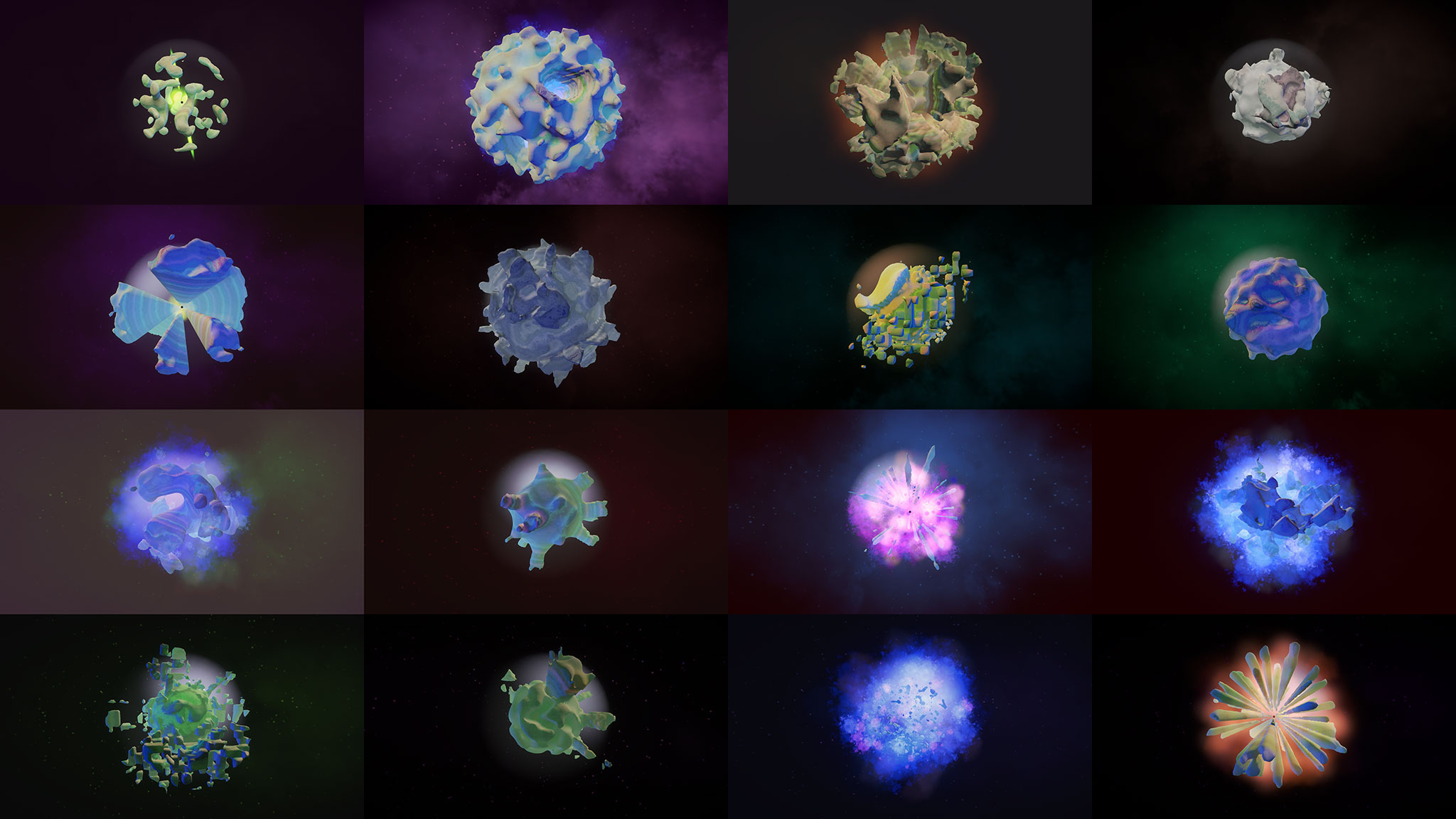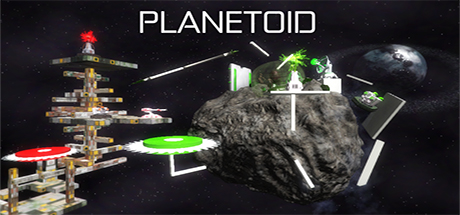Stellaris: Console Edition puts the complexity of the galaxy at your thumbsticks. Whether you’re exploring the unknown, discovering the mysteries of the universe, or conquering it for the glory of your empire, players have more inter-galactic strategy awaiting them than ever before.
| Angry Birds Space | |
|---|---|
| Developer(s) | Rovio Entertainment |
| Publisher(s) | Rovio Entertainment |
| Series | Angry Birds |
| Engine | Box2D |
| Platform(s) | iOS, Android, BlackBerry 10, Windows Phone, Microsoft Windows, BlackBerry Tablet OS, Mac OS X |
| Release | March 22, 2012 |
| Genre(s) | Puzzle |
| Mode(s) | Single-player |
- OS: OS X 10.11 (El Capitan) Processor: Intel® iCore™ i5-4570S; Memory: 8 GB RAM; Graphics: Nvidia® GeForce™ GT 750M or equivalent AMD® card with 1GB Vram; Network: Broadband Internet connection; Storage: 4 GB available space; Additional Notes: Controller support: 3-button mouse, keyboard and speakers. Special multiplayer requirements: Internet Connection or LAN for multiplayer.
- Get the wrapper up here: technical support and requests and other questions go to the forums: http://www.paul.
- Download PREY for Mac OS X. The video game Prey is a kind of shooting game which may be played by one player. It utilizes a version of id Tech 4 that is greatly modified so that it would be able to make use of portals as well as gravity for the creation of the environment where the player is going to move about.
- Click here to download the latest version of B-EM for Mac OS X (version 1.0). Click here to download the B-EM source code (version 1.5).
Angry Birds Space is a physics-based puzzle game and the fifth game in the Angry Birds video game series. It is developed and published by Rovio Entertainment. Angry Birds Space was released on March 22, 2012. The game was featured in NASA videos and the game features NASA spacecraft that when found unlock unique levels.
Gameplay[edit]
Unlike the previous Angry Birds games, the stage is no longer flat, instead comprising several different planets, each of which has its own gravitational field that affects the trajectory of the birds after launch. There is an aiming system that makes it easier to aim the birds. Some pigs are in space bubbles, and when the birds break them, they will freeze and smash unless they get into a gravity field. Like in Angry Birds Rio, Angry Birds Space features boss fights.
Release[edit]
In February 2012, Rovio announced a new game in the Angry Birds series to be called Angry Birds Space.[1]Angry Birds Space launched on March 22, 2012,[2] and features elements from the preceding Angry Birds games as well as new gameplay mechanics.[2] The game initially contained 60 levels with additional levels available as free updates or with in-app purchases.[3] For the launch of the game, Rovio partnered with wireless carrier T-Mobile to erect a 300-foot tall contraption, with a 35-foot tall red bird resting in it at the Seattle Space Needle to make it look like a slingshot.[4]
On March 8, 2012, new footage of Angry Birds Space, presented by NASA astronaut Donald Pettit on board the International Space Station, was released. The video shows that the game's stage is no longer flat, instead comprising several different planetoids, each of which has its own gravitational field that affects the trajectory of the birds after launch.[5] NASA states that such collaboration with Rovio Mobile may share the excitement of space with the Angry Birds community, educate users on NASA's programs, and create interactive educational experiences for the public.[6]
Rovio also partnered with Samsung with the Samsung Galaxy Note for the game's release. The release included free Danger Zone levels and exclusive level for the Galaxy Note until June 21, 2012 for Samsung Galaxy users only when downloaded from the Google Play Store or Samsung Apps (now Galaxy Apps).[7]
The game features variations of the existing bird character and one new character that each carry their own unique abilities.[8]As of June 1, 2012, Angry Birds Space has been downloaded a total of 100 million times since launching on iOS, Android, PC, and Mac.[9]
In April 2012, the first update for Angry Birds Space was released and contained 'Fry Me to the Moon', a new episode with 10 new levels. In May 2012, a further update was released with the first 10 levels of the next episode 'Utopia'. In June 2012 an update for the Android version included 'Danger Zone', an in-app purchase with 30 challenging levels that had previously been available for iOS and the Space Eagle. In July 2012, Rovio released an update unlocking the rest of the levels in 'Utopia', as well as 10 new Bonus Levels. On August 23, 2012, an update containing the first 20 levels of the next episode, entitled 'Red Planet', was released, in conjunction with the landing of the Curiosity rover, which the Space Pigs hijack for their own ends. On November 1, Angry Birds Space was updated to complete 'Red Planet' and added one Space Eagle bonus level for each episode. These are unlocked by getting 100% on each level using the Space Eagles. On January 10, 2013, an update added 'Pig Dipper', that featured water physics, and includes a boss fight against the King Pig's submarine. The update also introduces new power-ups: the Flock of Birds, which launches four small versions of the bird with the power-up active, the Pig Puffer, which inflates certain pigs in the level, and the Space Egg, which is an egg that destroys whatever it lands on. On March 7, 2013, rock legendary Slash made his own music for the Angry Birds Space theme. On September 13, 2013, Rovio released 'Cosmic Crystals', which adds crystals and breakable crystal planets. On June 5, 2014, Rovio added 'Beak Impact', which adds 40 levels and 10 bonus levels. On January 21, 2015, Rovio released 'Mirror Worlds' and 'Brass Hogs', which adds mirrored levels of every level (Except Eggsteroids, Danger Zone and Solar System) and 30 levels of Brass Hogs. This update also introduced a new power-up, Wingman from Angry Birds Friends and Froot Loops Bloopers episode which has 5 themed levels and Toucan Sam instead of the Space Eagle for advertising by Kellogg's. It also adds 5 levels for trying power-ups and daily missions everyday, three each day to unlock Brass Hogs levels.
Reception[edit]
| Aggregator | Score |
|---|---|
| Metacritic | iOS: 83/100[10] |
| Publication | Score |
|---|---|
| TouchArcade | iOS: [11] |
The game has received generally favorable reviews with a Metacritic score of 83/100 based on 30 reviews.[10] Justin Davis, writing for IGN, gave the game a score of 8.5/10, calling the pricing and physics disappointing but concluding that 'neither issue detracts from the game's overall quality or fun factor.'[12] Harry Slater of Pocket Gamer thought the game was 'as much fun as its predecessor' adding that it had 'enough new concepts to keep even the hardiest fans entertained'.[13]
The game was downloaded 50 million times in 35 days. According to Rovio it made the game the fastest-growing mobile game ever.[14]
References[edit]
- ^Eddie Makuch (February 17, 2012). 'Angry Birds Space unveiled'. GameSpot.com. CNet. Retrieved February 18, 2012.CS1 maint: discouraged parameter (link)
- ^ abJeff Bertolucci (February 17, 2012). 'Angry Birds in Space: The Final Merchandising Frontier?'. PCWorld.com. Retrieved February 18, 2012.CS1 maint: discouraged parameter (link)
- ^Stuart Dredge (March 22, 2012). 'Angry Birds Space released for iOS, Android, PC and Mac'. The Guardian. London. Retrieved March 22, 2012.CS1 maint: discouraged parameter (link)
- ^Clay, Kelly. 'Rovio turns space needle into slingshot'. forbes. Retrieved 23 March 2012.CS1 maint: discouraged parameter (link)
- ^'First Angry Birds Space Gameplay Footage Debuts from Orbit'. Kotaku. March 8, 2012. Retrieved March 8, 2012.CS1 maint: discouraged parameter (link)
- ^'What Is Microgravity?'. 2012-03-08. Retrieved 2012-03-22.CS1 maint: discouraged parameter (link)
- ^Angry Birds Space now available March 2012.
- ^'Angry Birds has Landed!'. Gadgetnode. Archived from the original on 30 March 2012. Retrieved 22 March 2012.CS1 maint: discouraged parameter (link)
- ^Takahashi, Dean (March 27, 2012). 'Angry Birds Space introduces the age of the mobile game blockbuster'. The Washington Post. Retrieved 15 April 2012.CS1 maint: discouraged parameter (link)
- ^ ab'Angry Birds Space for iPhone/iPad Reviews'. Metacritic. CBS Interactive. Retrieved 13 May 2012.CS1 maint: discouraged parameter (link)
- ^Hodapp, Eli (2012-03-22). ''Angry Birds Space' Review – The Final Frontier'. TouchArcade. Retrieved 2018-08-07.CS1 maint: discouraged parameter (link)
- ^'Angry Birds Space Review - iPhone Review system'. IGN. Archived from the original on 2012-05-15. Retrieved 2012-05-13.
- ^Harry Slater (2012-03-22). 'Angry Birds Space Review'. PocketGamer.co.uk. Retrieved 2012-12-17.CS1 maint: discouraged parameter (link)
- ^Reisinger, Don (30 April 2012). 'Angry Birds Space: 50 million downloads in 35 days'. CNET. CBS Interactive. Retrieved 27 May 2014.CS1 maint: discouraged parameter (link)
External links[edit]
Also found in: Thesaurus, Encyclopedia.
plan·e·toid
(plăn′ĭ-toid′)planetoid
 (ˈplænɪˌtɔɪd)
(ˈplænɪˌtɔɪd) as•ter•oid
(ˈæs təˌrɔɪd)n.
 adj.
adj. planetoid
Planetoids Mac Os Update
| Noun | 1. | planetoid - any of numerous small celestial bodies that move around the sun asteroid - any of numerous small celestial bodies composed of rock and metal that move around the sun (mainly between the orbits of Mars and Jupiter) celestial body, heavenly body - natural objects visible in the sky KBO, Kuiper belt object - any of many minor planets in the Kuiper belt outside the orbit of Neptune at the edge of the solar system solar system - the sun with the celestial bodies that revolve around it in its gravitational field |
planetoid
Want to thank TFD for its existence? Tell a friend about us, add a link to this page, or visit the webmaster's page for free fun content.